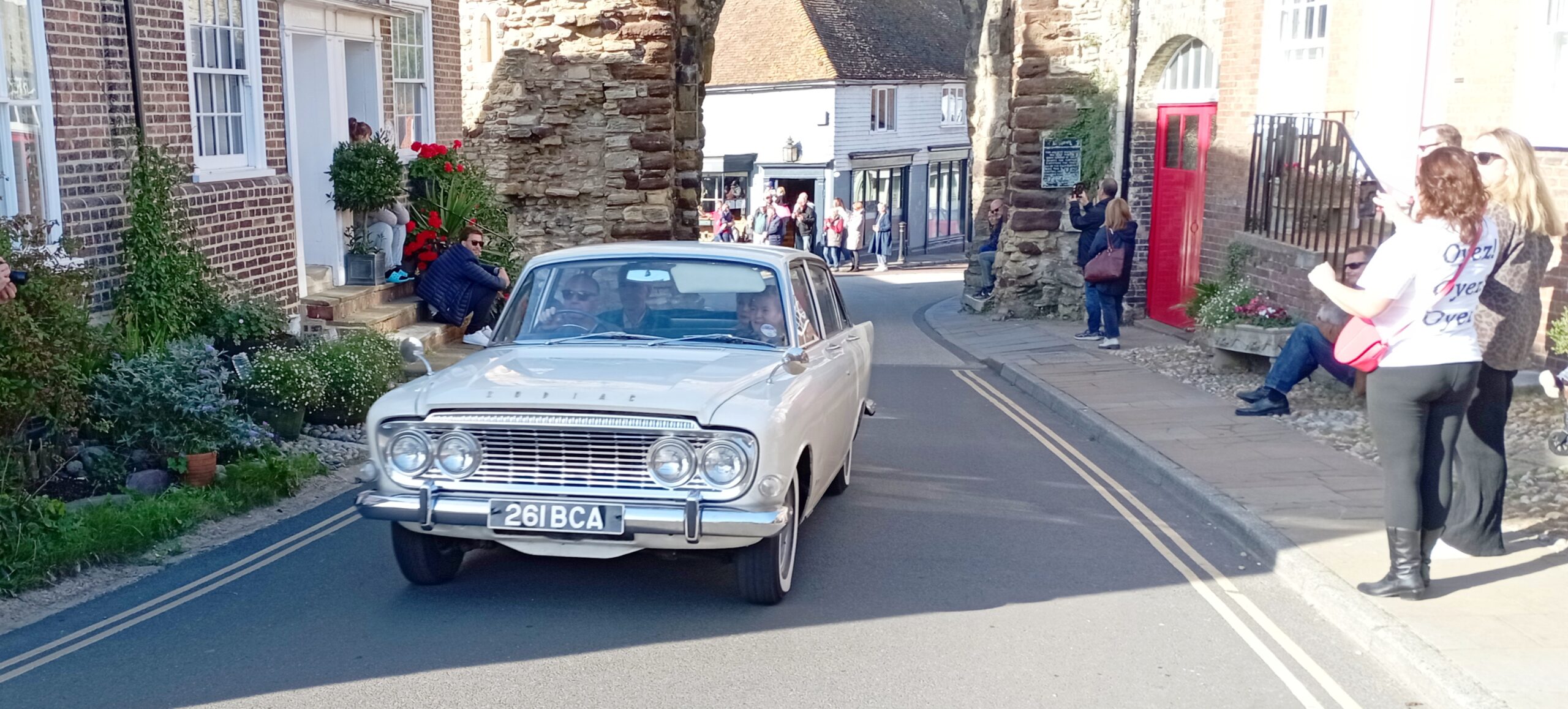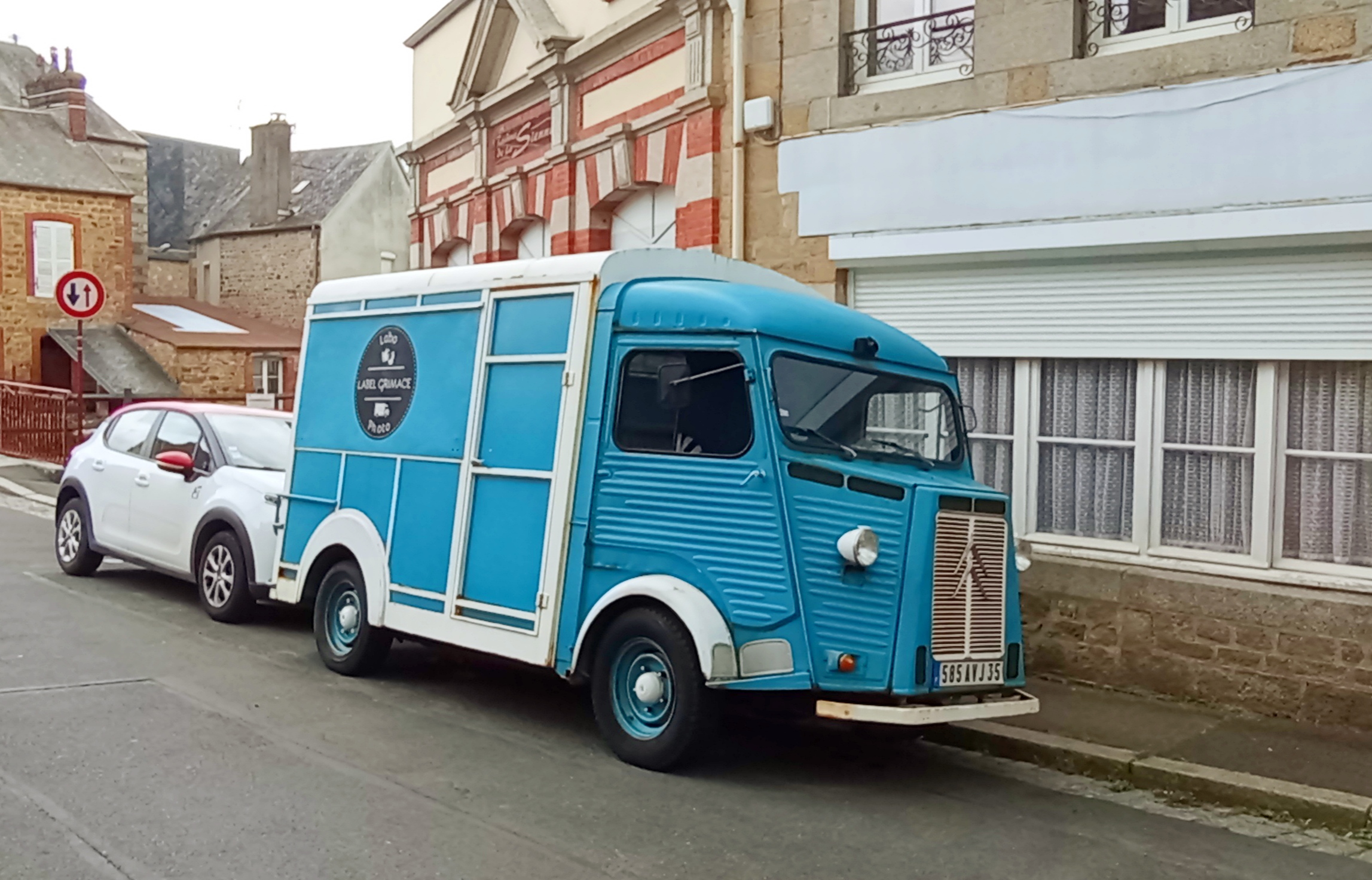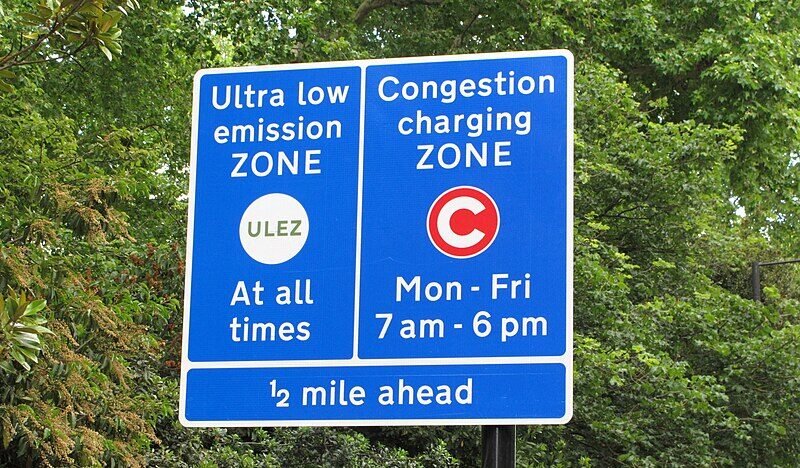What a wonderful sight it was last year when a cavalcade of classic cars drove through the Landgate arch and around the town in celebration of the annual Rhythm Riot extravaganza. Regrettably we won’t see this wonderful spectacle any more in Rye as it has had to move to a new venue due to the closure of Pontins in Camber.
It’s amazing how vehicles (and our motoring habits) have changed over the years but due to climate change the motoring landscape is changing even more dramatically with Ultra Low Emission Zones (ULEZ) being introduced not just in London but in many major cities across the UK and Europe.
Owners of petrol cars made before 2005 and diesels built before 2015 are typically charged £12.50 for each day they drive in London. However a growing number of motorists in the capital are exploiting a legitimate loophole, making them exempt from paying the ULEZ charge by buying older cars. Currently, vehicles over 40 years old are considered ‘historic vehicles’ entitling the driver to a number of benefits and are exempt from paying.

In addition to avoiding the ULEZ charge, classic car owners do not need to pay road tax and are not required to undergo an MOT test each year but owners must make sure their vehicles are in a roadworthy condition. Consequently, the classic car market is undergoing a transformation.
Whilst modern cars often fall in value, classic vehicles tend to hold or in some cases increase their value but the ever expanding ULEZ zone poses a significant financial hurdle for some owners of non-compliant vehicles.
Things are changing in Europe too. In France the government has introduced ‘clean air’ windscreen stickers as a legal requirement in some of its cities. These identify a vehicle’s emissions levels and if you intend heading to France on holiday this year, driving without a Crit’Air vignette sticker, you could be liable for an on-the-spot fine of up to €135.

The stickers are used to identify a vehicle’s emissions, based on the vehicle’s Euro emission standard and cover the vehicle for its entire lifetime. There are six categories which range from the cleanest (green) through to grey for the dirtiest:
• Crit’Air 0/E (Green) – for zero emission electric and hydrogen vehicles
• Crit’Air 1 (Purple) – for plug-in hybrid vehicles and Euro 5, 6 petrol vehicles
• Crit’Air 2 (Yellow) – for vehicles that conform to the Euro 4 petrol vehicles, and Euro 5, 6 diesel vehicles
• Crit’Air 3 (Orange) – for vehicles that conform to the Euro 2, 3 petrol vehicles and Euro 4 diesel vehicles
• Crit’Air 4 (Burgundy) – for vehicles that conform to the Euro 3 diesel vehicles
• Crit’Air 5 (Grey) for vehicles that conform to the Euro 2 diesel vehicles
In some areas, certain vehicles can be refused entry based on the Crit’Air sticker displayed on the windscreen.
Major cities across the UK have also been taking steps to improve air quality, with emissions-based charging zones being favoured by many. In the next few weeks in Scotland for example, all non-compliant vehicles entering a LEZ (Low Emission Zone) will see them hit with a £60 fine which then doubles for each subsequent breach, capped at £480 for cars and LGVs, while minibuses, buses, coaches and HGVs could see maximum fines of £980.
Things are changing, so if you intend driving in the UK this year and entering a ULEZ restricted area, unless your vehicle complies to current legislation or is a 40-year-old classic, be prepared to pay for the privilege.
Image Credits: David Hawgood/Geograph https://creativecommons.org/licenses/by-sa/2.0/ , Nick Forman .



